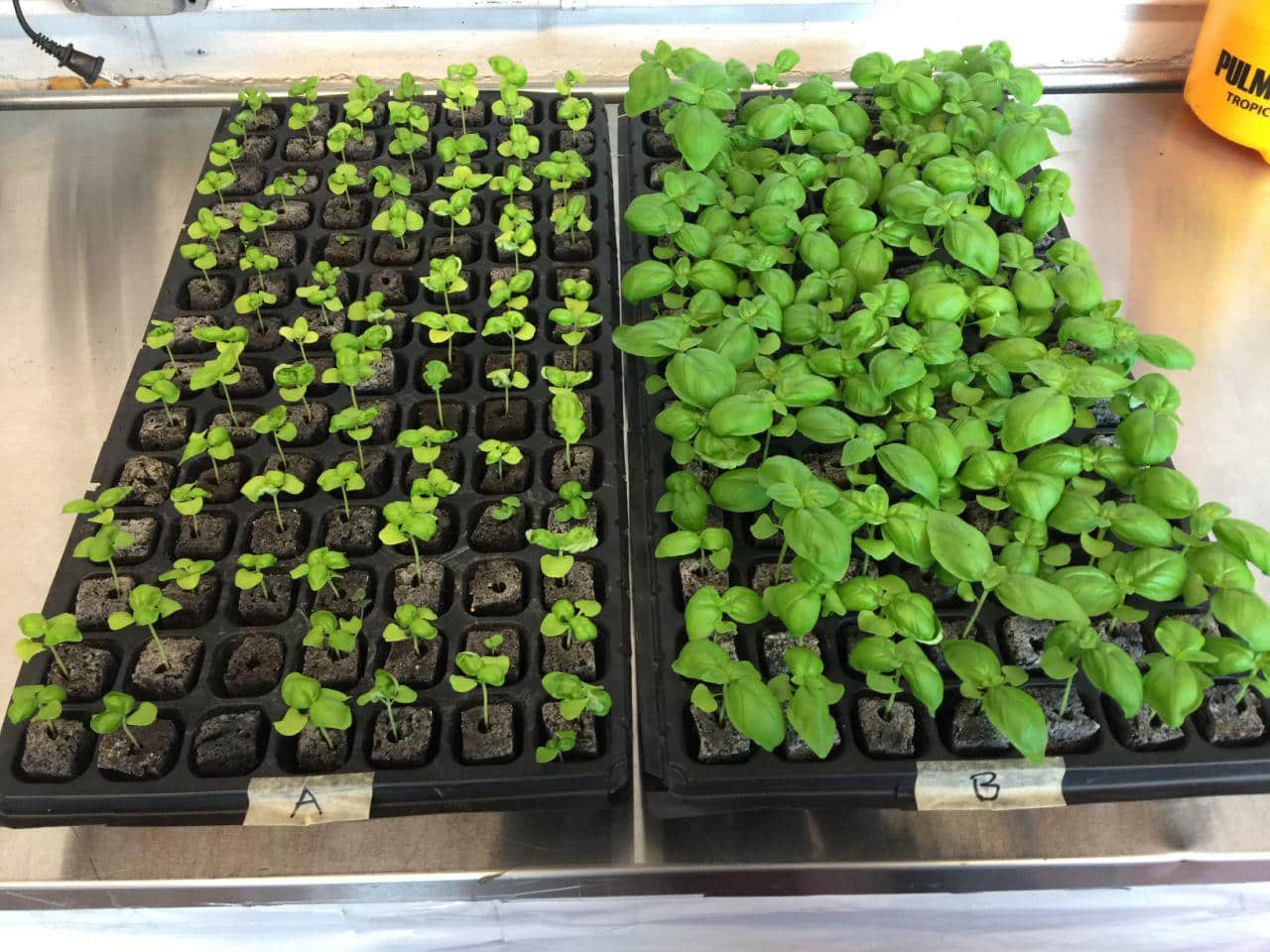Back of the Yards algae sciences (BYAS) was established in Chicago at The Plant (a sustainable, circular-economy-based, food production incubator) towards the end of 2018 with a vision of innovating at the intersection between a circular economy (zero-waste & sustainable reuse of resources) and the wealth of our planet’s algae resources. At The Plant, BYAS demonstrated the integral role of anaerobic digestion and its link with algal biostimulation in a sustainable urban agriculture chain. BYAS is committed to researching, developing, and implementing new ways of making food better, more accessible, and healthier and reducing the environmental burden of food production on the planet. Our CEO, Sepehr Achard, recently sat down with Leonard Lerer, the founder, and CSO of BYAS, to talk about his company and the vertical farming industry.
In 2018, BYAS started growing algae to extract colorants to make organic and natural food coloring. The facility where they operate, known as The Plant, is a research and production building, including a collaborative community of small food enterprises. It is a repurposed industrial meatpacking facility. The Plant now acts as a living laboratory displaying methods for reimagining waste as a resource, reaching economies of scale, and incubating small businesses. In addition, the Plant aims to create replicable models for efficiencies that close loops of waste and energy and encourage others to implement these techniques to combat climate change.
Leonard saw what was growing around him and had the opportunity to introduce algae into these approaches to sustainability. After two years of trials, BYAS developed an algal biostimulant that helped vertical farms through more rapid germination, quicker growth, and increased yields. BYAS and The Plant build a pilot anaerobic digester to test its vertical agriculture applications. The digestor would process food waste, which the algae would remediate to make a plant biostimulant. “There wasn’t much interest in the U.S. at first, but they were very interested in Singapore,” mentioned Leonard. BYAS recently installed a fully working unit in Singapore at a vertical farm owned by Panasonic.
Leonard mentioned BYAS had started vertically farming medical mushrooms for medical biotechnology purposes in a DEA-licensed facility. “It came from algae biostimulation and is rooted from that, but it is a separate company.”

Leonard stressed that this year there is hope to commercialize the BYAS biostimulant products. “Our products are interesting because they are all sustainably focused,” said Leonard. He expressed that there are a lot of issues within the vertical farming and controlled environment agriculture sectors. “Issues people do not like to talk about are that the micronutrients and organoleptic profile of plants in vertical farms aren’t necessarily up to par compared to soil-based farming. That is why we need to use the extracts that we grow to improve a plant’s microbiome and rhizosphere.”
While using algae as a biostimulant on a vertical farm compared to a traditional vertical farm, the differences are enormous. “You can save a couple of days for every harvest,” mentioned Leonard. “Micronutrients are up 20-30%, there are substantial improvements on shelf life, and the biggest impact is the reduced waste and less water use”.
Leonard expressed that vertical farms need to put more funds and time into research and development, which is why the industry isn’t as profitable yet. “I believe the way to save the planet is through controlled environment agriculture, but it is not moving the way it should be because it is not yet economically viable,” said Leonard. “The elephant in the room is vertical farming is not economically sustainable in its current form; until it gets more profitable, we’re not gonna do well.”
Leonard believes that there is a lot of hype around the future role of algae farming in our food systems. “The problem is it doesn’t taste great and is probably much more useful to grow algae as a source of biostimulants for vertical farming.” There is some hope with genetic engineering, where there is an effort to eliminate the unpleasant taste of algae. Leonard did say that algae will play a more significant role in food supplementation because algae are an excellent source of nutrients. Other sectors where algae are getting more popular are the cosmetics industry and for use as natural food colorants.
The one reason Leonard believes that algae will continue to rise in popularity is the problem with chemical fertilizers. Using algae can lower the use of chemical fertilizers. You can grow plants with organically and efficiently with algal substrates that are an excellent potential source of nitrogen and micronutrients.
Image provided by BYAS



4 Comments